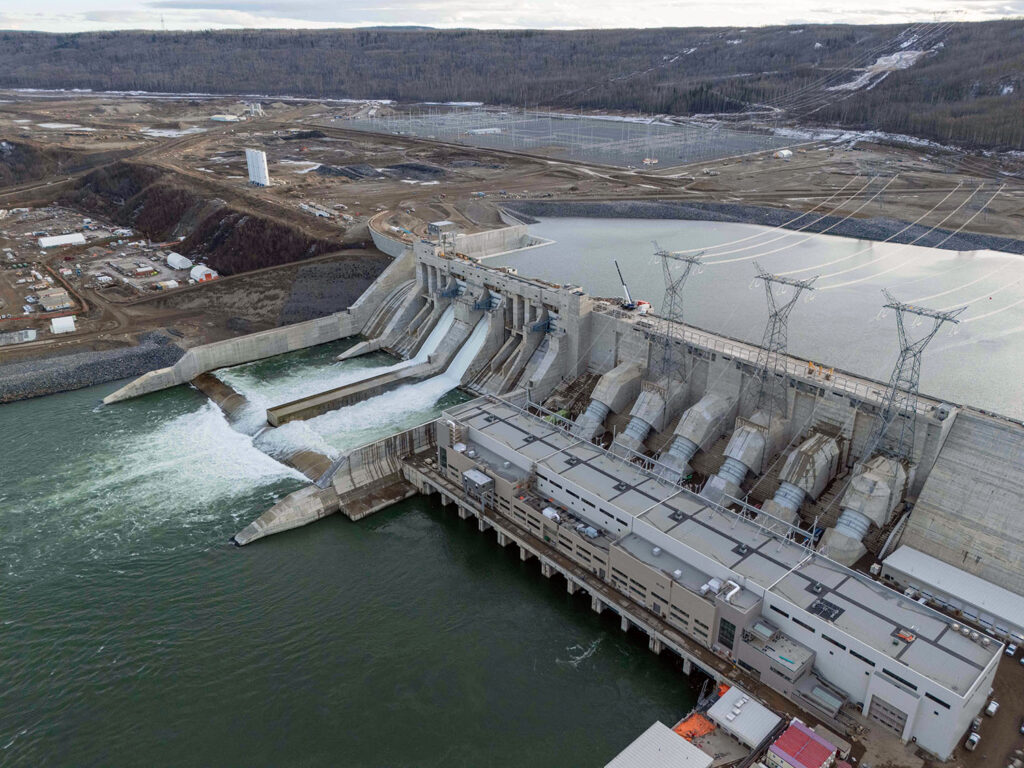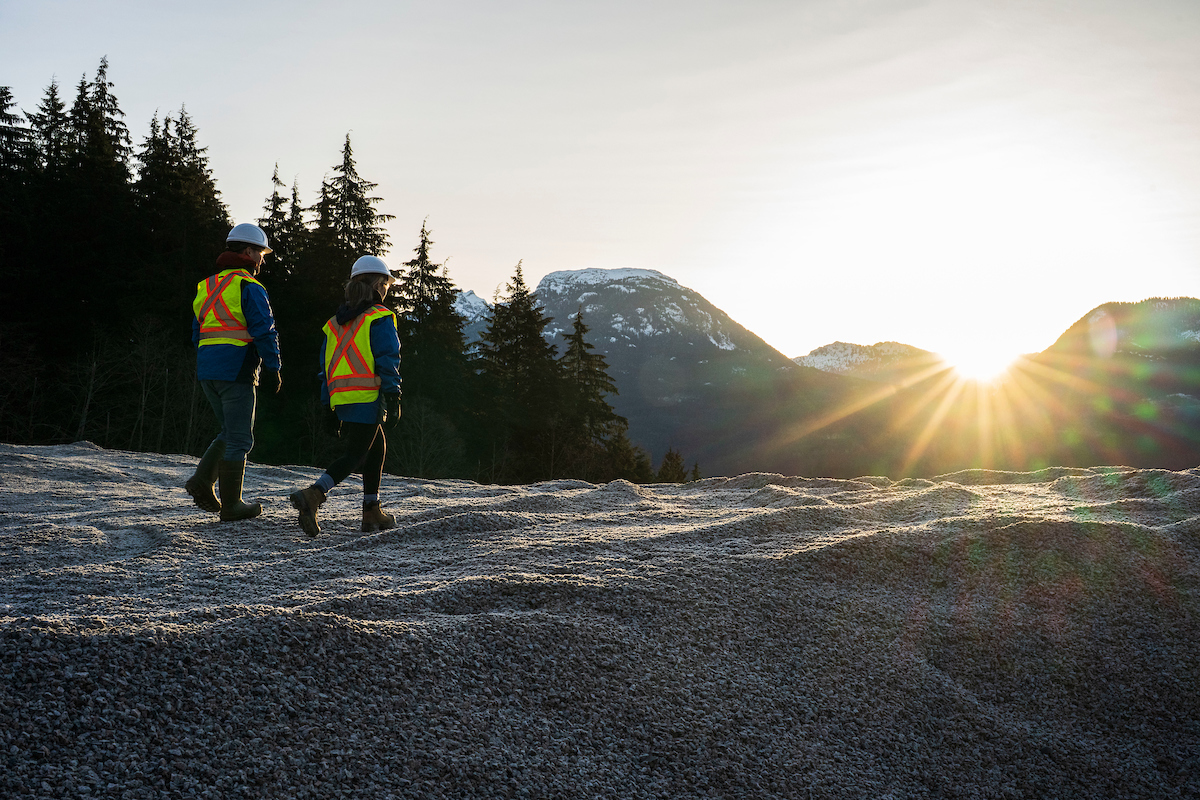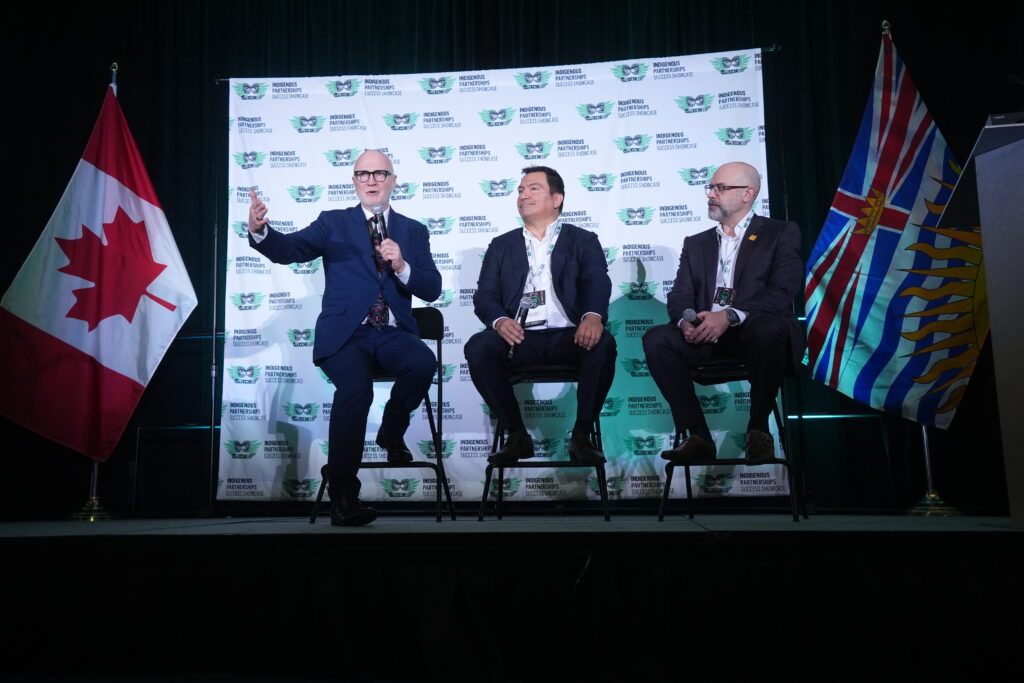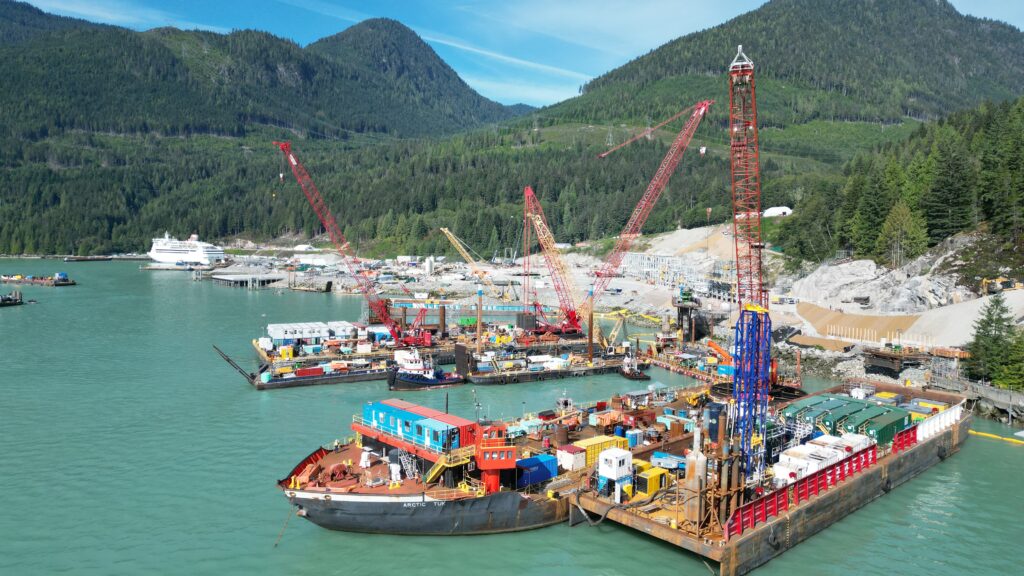News & Insights
Towards Net Zero: The Hydroelectric Advantage that sets Woodfibre LNG Apart
Aug 5, 2025
As the global energy transition accelerates, access to clean electricity is a clear strategic advantage. At Woodfibre LNG, our location in British Columbia gives us access to renewable hydroelectric power, enabling us to design a facility that will produce dramatically fewer greenhouse gas emissions than conventional, gas-fired LNG export facilities.
In this third installment of our Towards Net Zero blog series, we explore how Woodfibre LNG’s use of hydroelectricity, combined with innovative E-Drive technology, supports a lower-emissions approach to LNG production—contributing to Canada’s evolving role in responsible energy development.

A First for the Industry
Traditionally, LNG facilities rely on gas-fired turbines to power the compressors that cool natural gas down to around –162°C (–260°F), turning it into a compact, shippable liquid. These gas turbines are responsible for the largest share of greenhouse gas (GHG) emissions in the LNG production process. Woodfibre LNG is making history as the first approved LNG export facility in North America to use electric compressors powered by renewable hydroelectricity. This innovation reduces stationary combustion emissions by approximately 230,470 tonnes of CO₂ equivalent per year. That is equivalent to the emissions from over 70,000 gasoline-powered passenger vehicles driven for one year.
The electric-drive design, known as E-Drive, is powered by BC Hydro which generates 91 percent of its electricity from hydroelectric sources. This gives Woodfibre LNG an emissions profile that is projected to be 14 times lower than conventional liquefaction processes.
How Hydroelectric Power Gives Us a Strategic Edge
Many LNG plants around the world are built in remote areas where electricity must be produced on-site, often using gas-fired turbines. In contrast, Woodfibre LNG is located close to BC Hydro’s existing transmission infrastructure in British Columbia. This makes it easier and more cost-effective to electrify operations using grid-connected renewable energy.
Because of this advantage, Woodfibre LNG is expected to achieve a carbon intensity of just 0.04 tonnes of CO₂e per tonne of LNG, compared to the global average of 0.36.
This positions Woodfibre LNG not only ahead of most international producers, but also ahead of many Canadian projects that are still working toward full electrification. While others may require major new transmission lines or hybrid systems in early phases, Woodfibre LNG will be fully electric from day one. This gives us a first-mover advantage in lower-carbon LNG production—both in Canada and globally. As international markets place increasing value on energy that aligns with climate goals, access to clean power isn’t just an environmental asset—it’s a competitive edge. Woodfibre LNG shows how thoughtful siting and the use of renewable electricity can help position Canada as a leader in producing more responsible, export-ready energy.
Uniquely Canadian Solution with a Global Impact
At Woodfibre LNG, we are advancing a new approach—one that integrates proven engineering with renewable hydroelectric power and robust regulatory oversight. Our project reflects how location-specific advantages can contribute to a lower-carbon energy offering. While no single project can define a global path forward, Woodfibre LNG shows how Canadian infrastructure can align with evolving market expectations for responsibly produced energy.



